What gives a new car the ‘wow factor’? It could be an extreme shape that defies all logic, a gorgeous interior that oozes class, or perhaps an elegant and confident design execution.
Car companies are constantly looking for new ways to make their vehicles stand out from the crowd. They want a unique selling point, and one that entices customers to keep coming back for more.
First impressions are everything, and so the execution of fine details in the exterior design is a focus point for many OEMs. One particular area that is becoming increasingly intricate and complex is lighting.
“If you look at some iconic cars of the past, many of them had shared lighting componentry,” recalls Larry Erickson, global director of exteriors design at Magna. “Those cars were differentiated by their size or shape. They all had the same kind of bulb and light system layout because the components were very expensive to manufacture, so companies would share parts in order to keep the costs down.”
The situation now is completely different. Magna offers its customers a wide choice of various different “lighting engines”, each with specific characteristics that have been designed to help achieve striking and captivating brand identities. The company is a leader in the development and manufacturing of high-quality lighting systems, with expertise in headlights, tail lights and small lighting.
What was once only functional is now decorative and can offer styling and brand distinction. As well as being an integral part of the vehicle in terms of functionality and safety, lights are now considered a vital design element. Some new vehicles have taken lighting systems to new levels that enhance their overall unique character.
An example of can be seen in the latest Audi A7.
The tail light units comprise of 13 vertical segments that alternate with the brake light, which is segmented. An LED light strip runs across the entire width of the car – now a typical feature of top-of-the-line Audi’s – and connects the tail lights.
“When we were developing all these systems for Audi there were concerns that it might be too much,” explains Frank Hallitschke, director of engineering and innovation at Magna. “But feedback from market when it was launched was overwhelmingly positive, and customers are certainly willing to pay for it. We are proving that light can be used as an additional design element.”
Lighting systems are also being placed in non-traditional locations of the vehicle, and Magna is working on some “groundbreaking technology to make this happen,” according to Cole Cunnien, global director of engineering at Magna. “We have to think a little bit differently because of the way product planners work at OEMs.”
An example of this is could be positioning a light behind a dark, painted surface. “We call this hidden-until-lit,” Hallitschke continues. “By working uniquely with Magna Lighting, Magna Exteriors has the technology and capability to bring all of those lens technologies to the table.”
This kind of added complexity does not come easily. The team at Magna works with individual customers, like Audi, ironing out the finer details of light design. However, it’s not a case of showing customers a sketch or two. Cunnien describes the process as extremely thorough.
“We have to work hand-in-hand with our customers on a studio level, artistic level and manufacturing level,” he confirms. “We use CAD models and simulation tools to fine-tune the appearance and execution of the lamps, adding new decoration all the time. We probably go through hundreds of lamp designs before the final iteration is agreed upon, and then we move to physical modelling.”
This is where Magna’s strengths as a wider company, with all the different departments and capabilities, comes into play. The design and engineering teams can pair up and work alongside colleagues in various divisions, such as exterior systems and modules or complete vehicle manufacturing. Incorporating Magna’s experts early in the vehicle development and design process allows for increased flexibility and holistic development.
Lighting systems are not just becoming more complex in terms of aesthetic appearance and location. The Magna team are also busy enhancing the functionality of their systems, adding sensors to ensure that the units can react intelligently to situations.
“If a person is walking up to their car at night, for example, we might want the headlights to come on and help them find their way,” Erickson suggests. “Magna is in a unique position here, as the company also has extensive capabilities in sensors. We are looking into some clever applications.”
Furthermore, with the impending rise of autonomous vehicles on the horizon, Erickson and his team are confident that there are many opportunities for lighting development. He envisages a holistic connecting of systems within the vehicle, and lighting systems playing a key role. “There is so much more that we can do,” he states. “Design lighting for cars is an extremely exciting space to be in right now, and one that is only going to evolve rapidly. Any visible surface is opportunity to accent, to act as a brand distinguisher, and to provide that wow factor.”









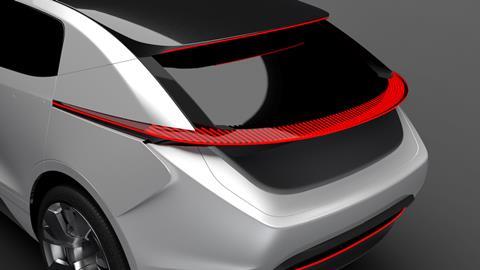
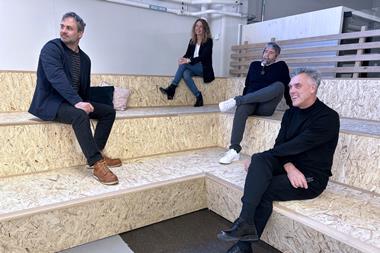


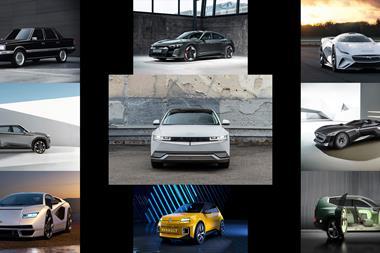
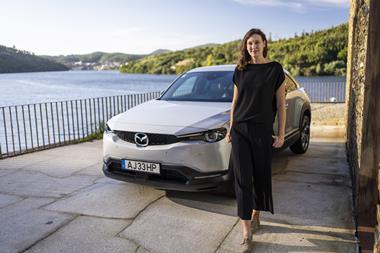

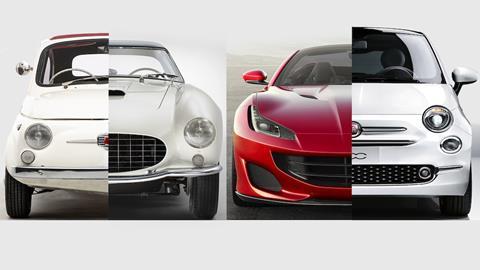
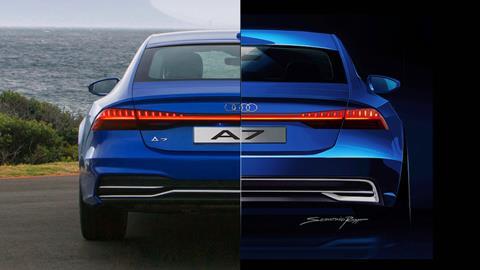

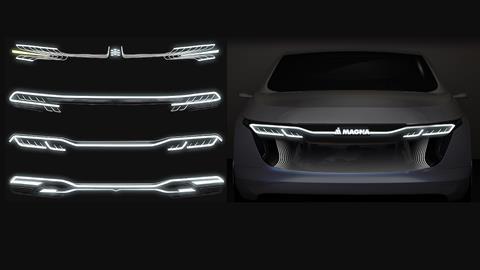
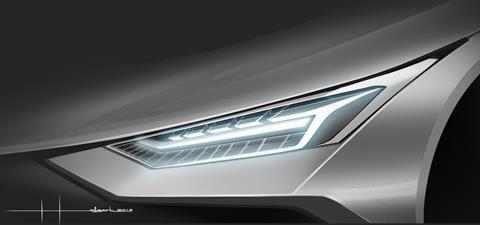
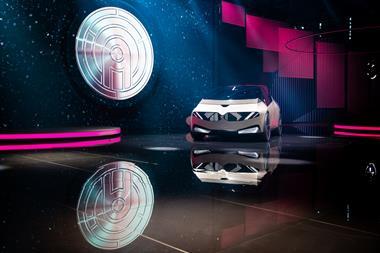
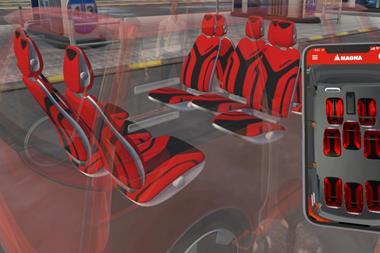
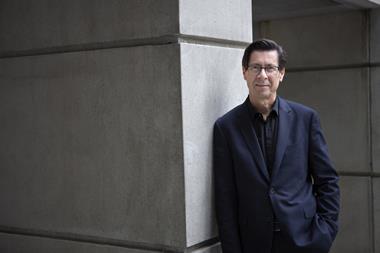
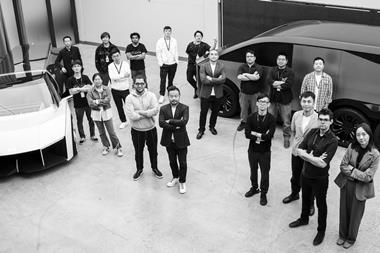
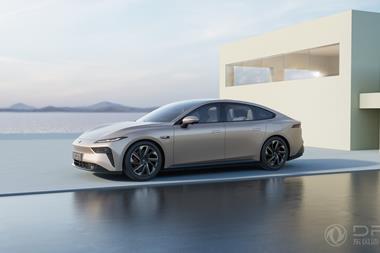

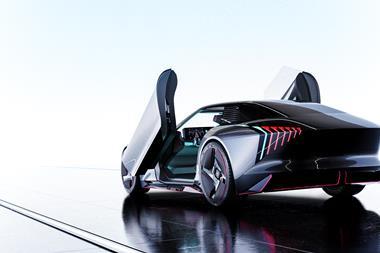



No comments yet